Optimization Study of Depth Bomb Hit Probability Based on Monte Carlo Method
DOI: 10.23977/tracam.2024.040116 | Downloads: 13 | Views: 1099
Author(s)
Zhengyi Pu 1
Affiliation(s)
1 College of General Education, Sichuan Vocational and Technical College, Suining, China
Corresponding Author
Zhengyi PuABSTRACT
This paper focuses on the optimization problem of depth bomb hit probability in submarine anti-submarine warfare [1]. Using the probability model and Monte Carlo method, the relationship between the bomb hit probability and the coordinates of the bomb drop point, and the detonation depth of the fixed depth fuse is analyzed [2,3]. Firstly, a probabilistic model is constructed to generate random samples, and simulation experiments are conducted to determine the maximum value of the probability; secondly, the bombing scheme that maximizes the hit rate of the projectile is found, and the corresponding expression for the maximum hit probability is given; finally, the results show the optimized bombing scheme and its corresponding maximum hit probability under different conditions. It is found that under the condition of error-free positioning, the optimal solution is the specific coordinates and detonation depth, and the hit probability is 0.0346, and under the condition of error-based positioning, the hit probability is 0.0269 after the optimal detonation depth is adjusted, and the hit probability can be increased to 0.2146 by adjusting the detonation depth and the layout of the depth bombs when multiple depth bombs are simultaneously dropped, which is of practical value for enhancing the effectiveness of anti-submarine warfare.
KEYWORDS
Deep-water bomb, Drop hit probability, Monte Carlo method, Anti-submarine warfareCITE THIS PAPER
Zhengyi Pu, Optimization Study of Depth Bomb Hit Probability Based on Monte Carlo Method. Transactions on Computational and Applied Mathematics (2024) Vol. 4: 119-127. DOI: http://dx.doi.org/10.23977/tracam.2024.040116.
REFERENCES
[1] Cheng Gang. Anti-submarine aircraft, the nemesis of submarines [J]. Military Digest, 2022, (14): 16-19.
[2] XIN Yu, YANG Weimin, WANG Zocai, et al. Structural nonlinear probabilistic model identification and reliability assessment based on variational Bayesian theory[J/OL]. Engineering Mechanics, 1-16 [2024-09-26]. http://kns.cnki.net/ kcms/detail/11.2595.O3.20240918.1640.034.html.
[3] Q. Tang, X. Meng. Monte Carlo simulation model based on partial uniform sampling[J/OL]. Optical Communication Technology, 1-11 [2024-09-26]. http://kns.cnki.net/kcms/detail/45.1160.tn. 20240914.1027.002.html.
[4] Shendong Zhao, Richong Nori, Juntaki Cao, et al. Analysis on the operational effectiveness of hovering aerial self-guided deep bomb for underwater submarine attack [J]. Journal of Underwater Unmanned Systems, 2023, 31(05): 778-782.
[5] Xinhui Li. Enterprise value assessment of YWL based on Monte Carlo simulation and improved EVA model [J]. Modern Industrial Economy and Informatization, 2024, 14(07): 19-21. DOI: 10. 16525/j.cnki.14-1362/n.2024.07.007.
| Downloads: | 657 |
|---|---|
| Visits: | 52786 |
Sponsors, Associates, and Links
-
International Journal of Power Engineering and Engineering Thermophysics
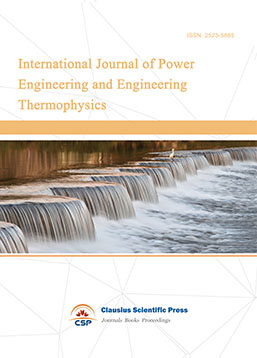
-
Numerical Algebra and Scientific Computing
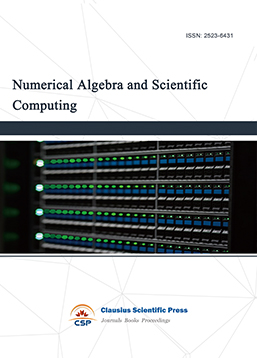
-
Journal of Physics Through Computation
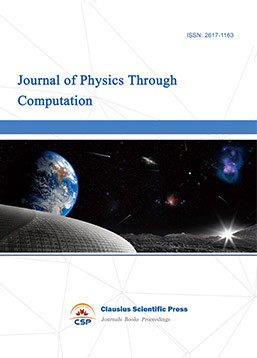
-
Transactions on Particle and Nuclear Physics
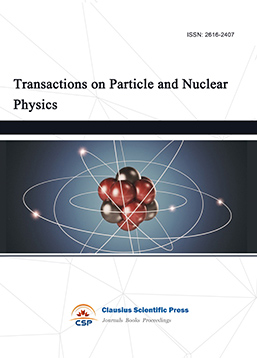
-
Journal of Probability and Mathematical Statistics
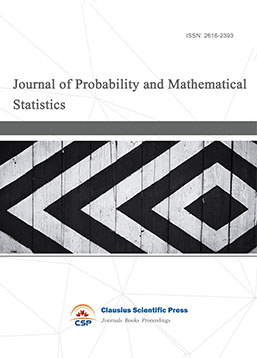
-
Multibody Systems, Nonlinear Dynamics and Control

-
Complex Analysis and Geometry
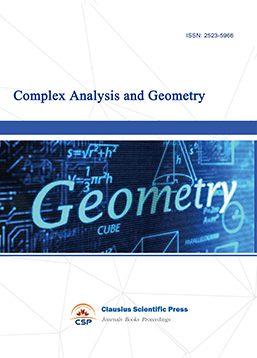
-
Dynamical Systems and Differential Equations
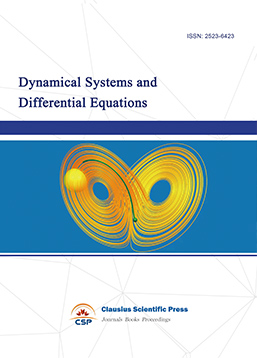
-
Acoustics, Optics and Radio Physics
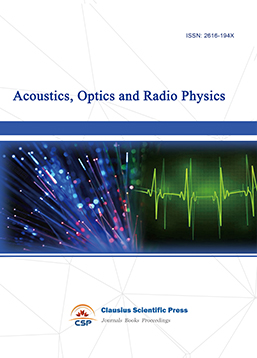
-
Progress in Atomic and Molecular Physics

-
Transactions on Condensed Matter Physics

-
Progress in Plasma Physics
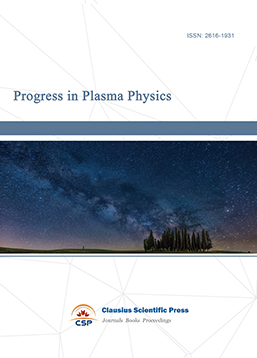
-
Combinatorics and Graph Theory

-
Research and Practice of Mathematics & Statistics
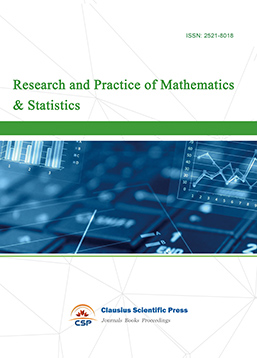
-
Nuclear Techniques and Applications
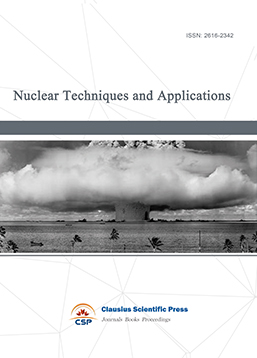
-
Journal of Photonics Research
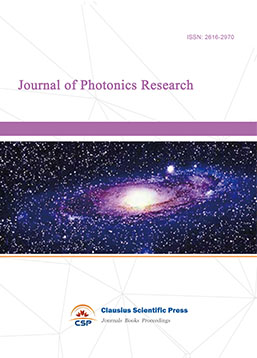
-
Journal of Compressors and Refrigeration
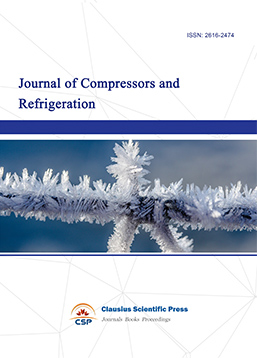
-
Journal of Theoretical Physics Frontiers
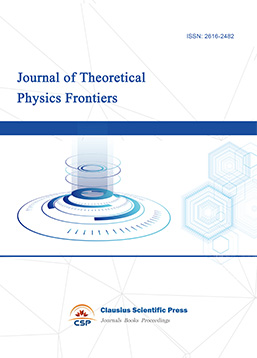
-
Journal of Nonlinear Science and Complexity

-
Vacuum Science Journal
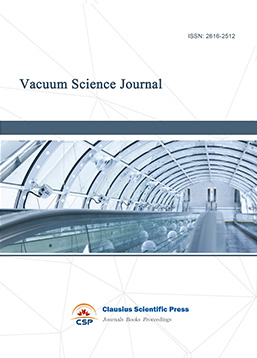
-
Computational Fluid Dynamics


 Download as PDF
Download as PDF